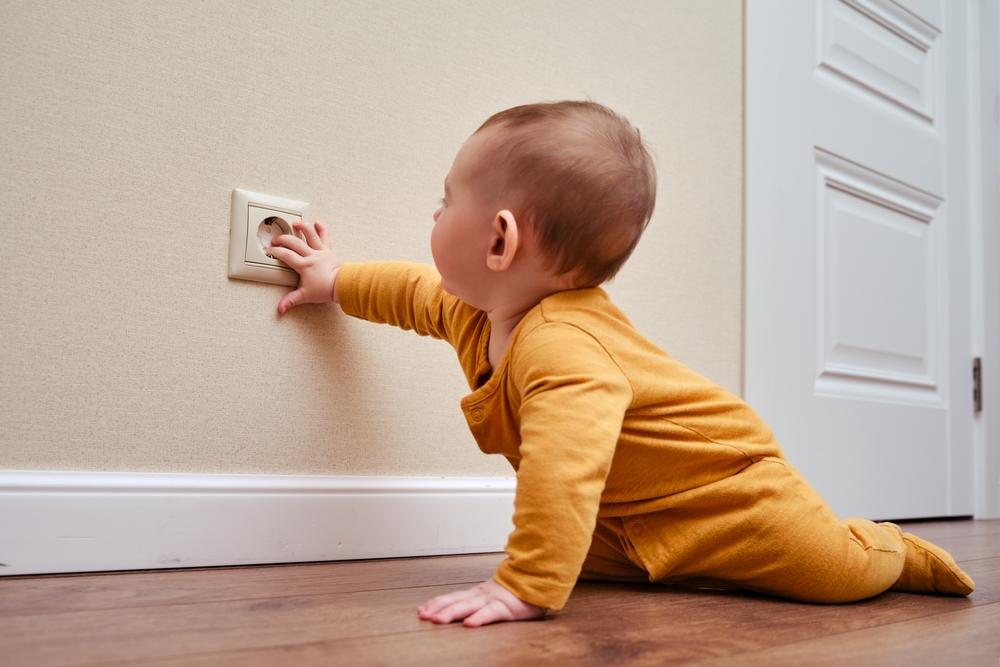When you have young children in the house, safety becomes the top priority. From electrical outlets to sharp corners, every aspect of your home needs attention. One often-overlooked area is locks and access control. While locks are usually installed to keep intruders out, they can also be a powerful tool for keeping curious toddlers in—and away from potential danger.
In this guide, we’ll explore how you can child-proof your home using the right locking mechanisms, what changes you may need to make, and how professional locksmith services can help ensure everything is secure and child-safe.
Why Locks Matter in Child-Proofing
Children are naturally curious. As they begin to crawl, walk, and explore, they’ll attempt to open anything within reach—doors, drawers, cabinets, even windows. This curiosity can lead to serious accidents if access isn’t properly controlled.
By strategically upgrading or adding locking mechanisms, you can:
- Prevent children from entering hazardous areas (like bathrooms, kitchens, basements, or garages).
- Stop them from exiting the home unnoticed.
- Keep sharp, toxic, or dangerous items out of reach.
- Maintain peace of mind knowing your child is safe within the boundaries you’ve set.
Key Areas to Secure with Locking Mechanisms
Here are the key areas to secure and child-proof your homes.
1. Exterior Doors
Toddlers may figure out how to open door handles and try to wander outside. To prevent this:
- Install child-proof high-mounted locks above their reach.
- Use door knob covers or lever handle locks to make it harder for children to open doors.
- Consider smart locks with parental control features so you can monitor and control access remotely.
Locksmith tip: A locksmith in Epping can install additional locks on your exterior doors without compromising fire safety. They can also recommend locks that blend seamlessly with your existing hardware.
2. Interior Doors
Rooms like bathrooms, home offices, laundry rooms, and storage areas should be off-limits to young children. For these:
- Use privacy locks or interior door knob locks that are easy for adults to open but difficult for toddlers.
- Install sliding door locks or bar locks for closets and sliding doors.
- For frequently used doors, magnetic or adhesive child-proof locks can be added without permanent changes.
Locksmith tip: If you want to replace or upgrade your interior door hardware for child safety, a locksmith can assist with selecting and installing locks that are both functional and aesthetically pleasing.
3. Cabinets and Drawers
The kitchen and bathroom cabinets are often filled with sharp tools, cleaning products, and medications — all dangerous in a child’s hands.
- Install child-proof cabinet locks such as magnetic or latch-style locks.
- For added security, consider locking mechanisms with keys for cabinets containing especially hazardous items.
Locksmith tip: Locksmiths can install discreet, lockable cabinet systems in kitchens, garages, or bathrooms, giving you secure storage without relying on adhesive locks that may wear out.
4. Windows and Balcony Doors
Open windows and balconies pose a significant fall risk.
- Use window locks or restrictors that limit how far a window can open.
- Install sliding door locks high on patio or balcony doors to prevent access.
Locksmith tip: Locksmiths can retrofit your existing window locks or install child-safety-compatible ones that maintain ventilation while keeping children safe.
The Role of Locksmith Services in Child-Proofing
While many child-proofing products are available off-the-shelf, installing the right locking systems with professional help ensures long-term durability and effectiveness. Here’s how locksmiths can help:
- Home Safety Assessment
A qualified locksmith can assess your home’s layout and identify vulnerable areas you might overlook—like attic access points, basement doors, or garage entries.
- Lock Recommendations
Locksmiths stay updated on the latest safety hardware and can recommend age-appropriate locks that provide safety without sacrificing convenience.
- Professional Installation
Incorrectly installed locks can be easily broken or bypassed. A locksmith ensures each lock is properly aligned, secure, and tamper-resistant. For damaged locks, you might need lock change service Harlow.
- Custom Solutions
Have unique doors or cabinetry that don’t work with standard child-proof locks? Locksmiths can create custom solutions tailored to your home’s design and your family’s needs.
- Emergency Services
If a child accidentally locks themselves in a room, professional locksmiths provide emergency unlock services to resolve the issue quickly and without damage.
Final Thoughts
Child-proofing your home isn’t just about plug covers and baby gates — it’s also about control and access, and that’s where the right locking mechanisms make a critical difference.
By updating your home with child-safe locks and working with a trusted locksmith, you create an environment that is safe, secure, and stress-free for both you and your children.
Taking a proactive approach to lock safety is one of the smartest ways to protect what matters most — your family.
Stay in touch to get more updates & news on Daily!



